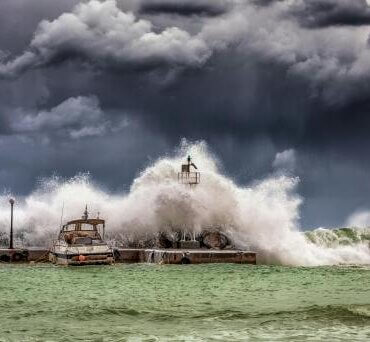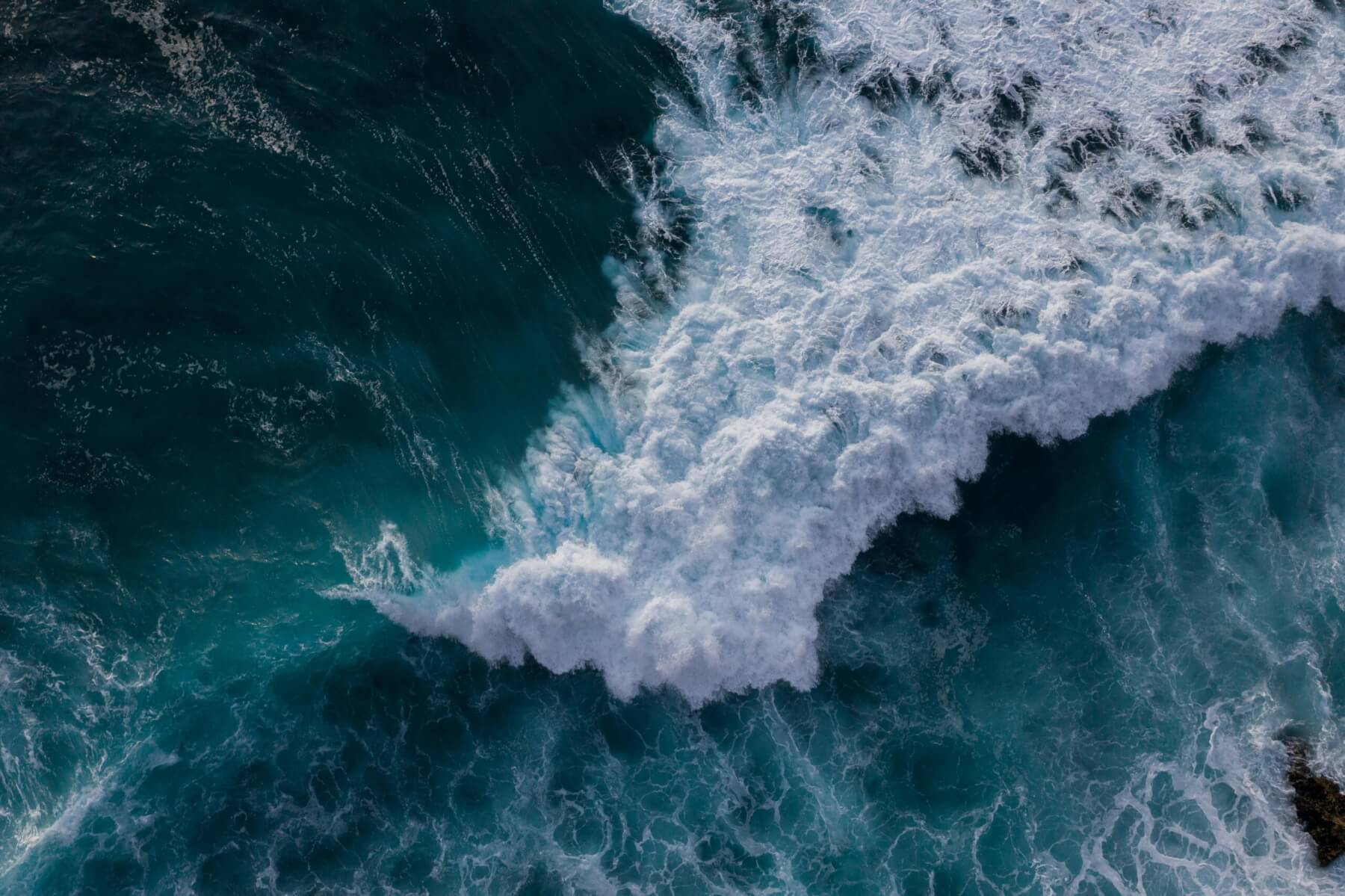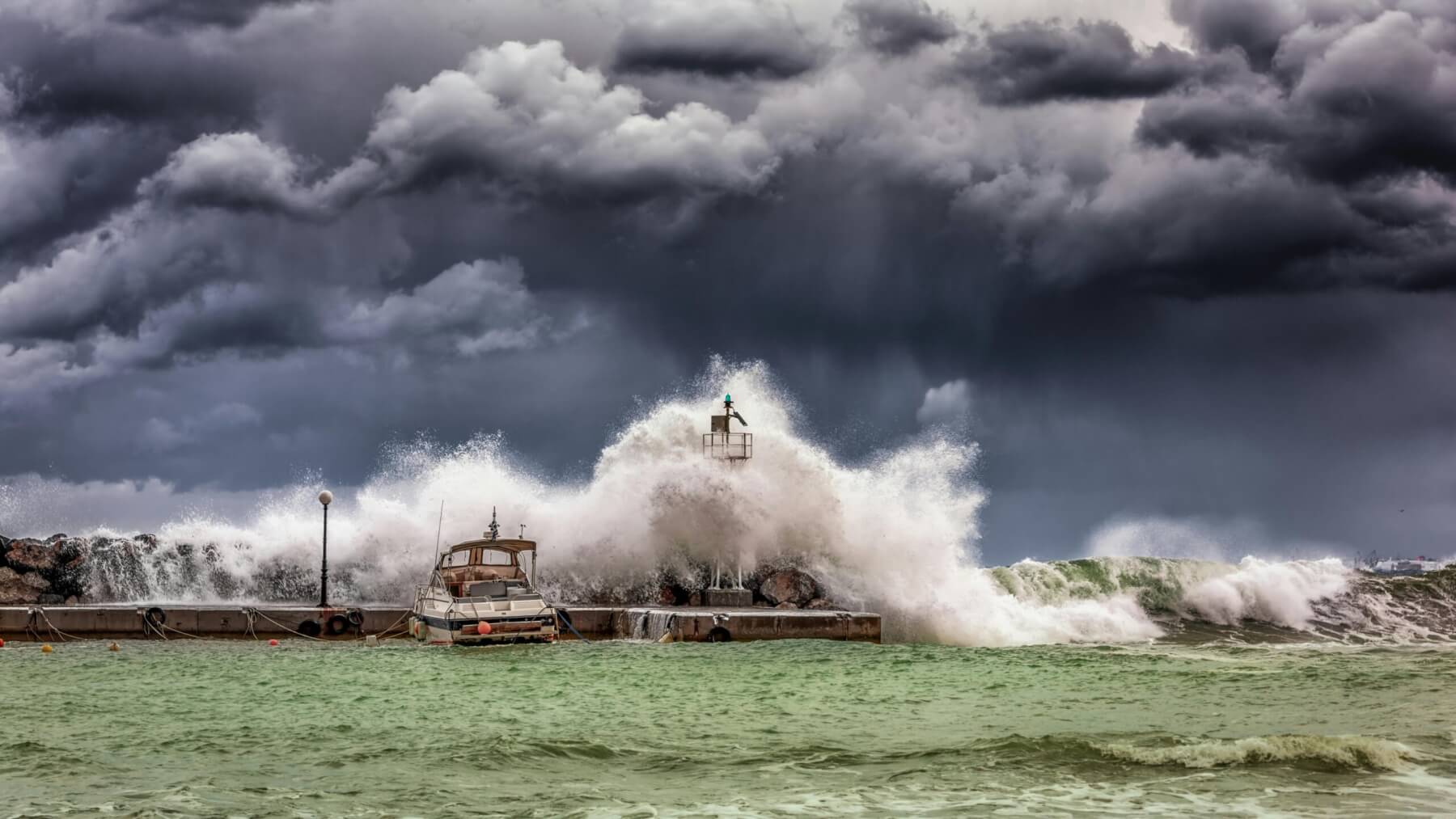
Tsunami. Photo: George Desipris pexels.com
This time 20 years ago, countries around the Indian Ocean were reeling from the grief and horror of one of the deadliest events in modern history – the Boxing Day tsunami triggered by the 9.2-9.3 magnitude Sumatra–Andaman earthquake.

Janine Krippner
Around a quarter million locals and tourists lost their lives. Well over a million were displaced. Each one of those lives mattered. The impact was so large that we cannot accurately measure it.
Around the world we watched in horror as the news (not yet smartphones) showed footage of people running, waves rolling in, and houses and all sorts of other debris washing inland. It has always brought goosebumps to my skin.
The earthquake was triggered along the subduction zone where the Indian tectonic plate is moving down below the Burma micro-plate. We call the area where the two plates meet a fault or megathrust. The relative movement of these two large plates past or against each other built up strain, potentially over hundreds of years, when they were locked into place at the fault boundary.
On Boxing Day, 2004, this strain was released in a catastrophic failure over a length of 1200 to 1300 km, that’s approximately Bluff to Whakatāne in a straight line.

Photo: Mikhail Nilov, pexels.com
It took around eight minutes for the total length of the fault to fracture, and the rupture speed was 2-3 km a second. Think of a crack spreading through the ground on a massive scale and very fast. This is what causes the shaking.
What caused the tsunami was the upward movement of the seafloor, shoving vast amounts of water vertically that then formed a set of waves we call a tsunami.
If you hold a hand under water then flick it upwards, you’ll see multiple waves moving out from you in the same way.
We are so used to water being part of our everyday lives that we forget the force of it, especially in large volumes. You can be swept off your feet in around 15cm of moving water. On that Boxing Day the tsunami wave heights varied depending on location, reaching over 30m in places. The water moved kilometres inland depending on location.
It’s important to remember these events and take a moment to think about what we would do if we were in the wrong place at the wrong time.
Evacuation is our best shot of surviving, and knowing where to go is your best shot of getting out fast enough. If you head to our beaches this summer, check out any tsunami evacuation signs and have a chat about where you would run to. Remember “If an earthquake is – Long or Strong, Get Gone”. Don’t wait for an official warning because you might not get one if a tsunami is generated close to shore. The Boxing Day tsunami speed reached 800kph in the ocean.
It’s better to be potentially embarrassed by a false alarm than face the consequences of not acting fast enough. A false alarm is a good practice run.

Tsunami. Photo: George Desipris pexels.com








